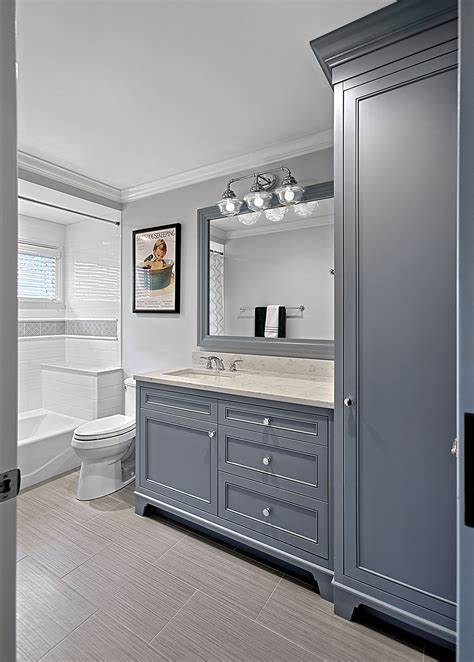In the world of architectural marvels, Roman architecture drawing stands as a testament to the grandeur and sophistication of an era long past. This article delves into the captivating realm of Roman architecture drawing, exploring its significance, characteristics, and the enduring legacy it leaves on the world of design.
Contents
The Resplendent Significance of Roman Architecture Drawing
Roman architecture drawing serves as a window into the past, offering a glimpse into the architectural prowess of one of history’s most influential civilizations. These drawings reveal the intricate planning, attention to detail, and innovative techniques that birthed structures that continue to inspire awe and admiration to this day.
Read Also: Unveiling the Craftsmanship of Building Architecture Drawing Where Vision Meets Blueprint
Characteristics of Roman Architecture Drawing
Roman architecture is characterized by its emphasis on grandeur, order, and monumental design. When translated into drawings, these characteristics manifest in meticulously detailed plans that capture the layout, proportions, and ornamental features of structures. From the iconic arches and columns to the mastery of concrete construction, Roman architecture drawings encapsulate the essence of a civilization that redefined architectural norms.
The legacy of Roman architecture drawings extends beyond the ancient world. Architects and designers of today continue to draw inspiration from the innovative concepts introduced by the Romans. The principles of symmetry, durability, and aesthetic harmony that define Roman architecture find their way into contemporary designs, creating a bridge between the past and the present.
Reviving the Past The Role of Today
The integration of the keyword “Roman architecture drawing” in modern design discussions is a nod to the enduring influence of this ancient civilization. Architects who embrace this keyword acknowledge the importance of studying the classics to inform their contemporary creations. By studying Roman architecture drawings, designers gain insights into the harmonious marriage of form and function that defined the era.
Preservation and Progress in Restoration
Roman architecture drawing plays a pivotal role in the restoration and preservation of historical sites. By meticulously analyzing surviving drawings and fragments, architects can reverse-engineer the techniques and materials used by the Romans. This knowledge ensures that restoration efforts remain true to the original design, maintaining historical accuracy while employing modern technology to reinforce structural integrity.
An Ongoing Journey
The allure of lies not only in its historical significance but in its enduring relevance. It serves as a reminder that innovation and elegance are timeless concepts, transcending the boundaries of time and culture. From the Colosseum to the Pantheon, the legacy of Roman architecture continues to captivate the world, and in its drawings, we find a portal to the past.
Bridging Eras through Roman Architecture Drawing
In the tapestry of human history, occupies a prominent thread that connects us to an era of artistic brilliance. It’s a journey through time, where lines on paper reveal the soul of structures that once stood as marvels of engineering and design. As we explore these drawings, we pay homage to the architects of antiquity and draw inspiration for the architectural wonders of tomorrow.






















